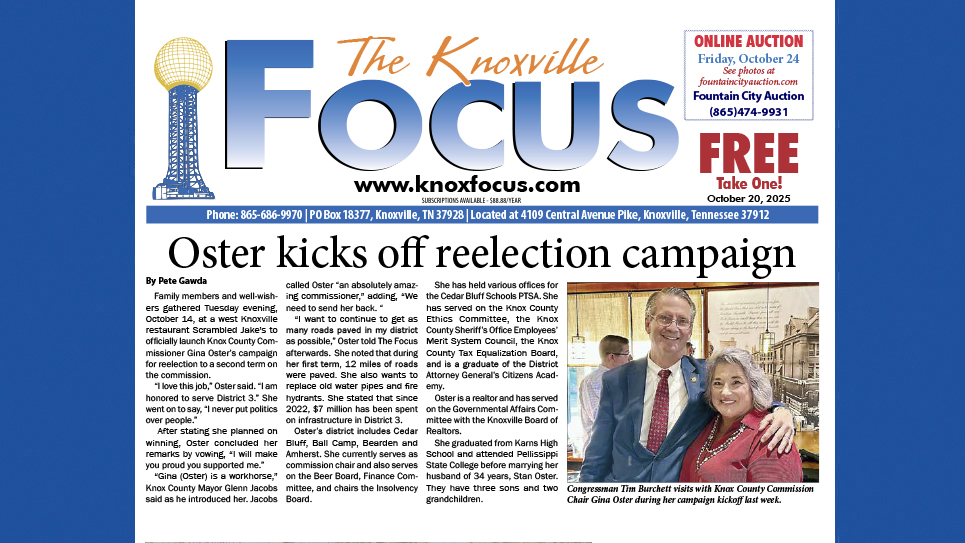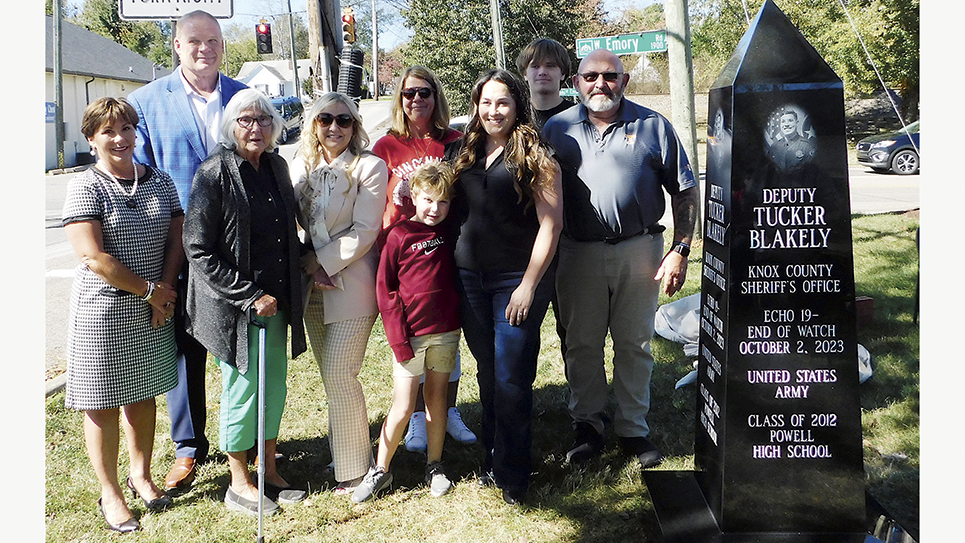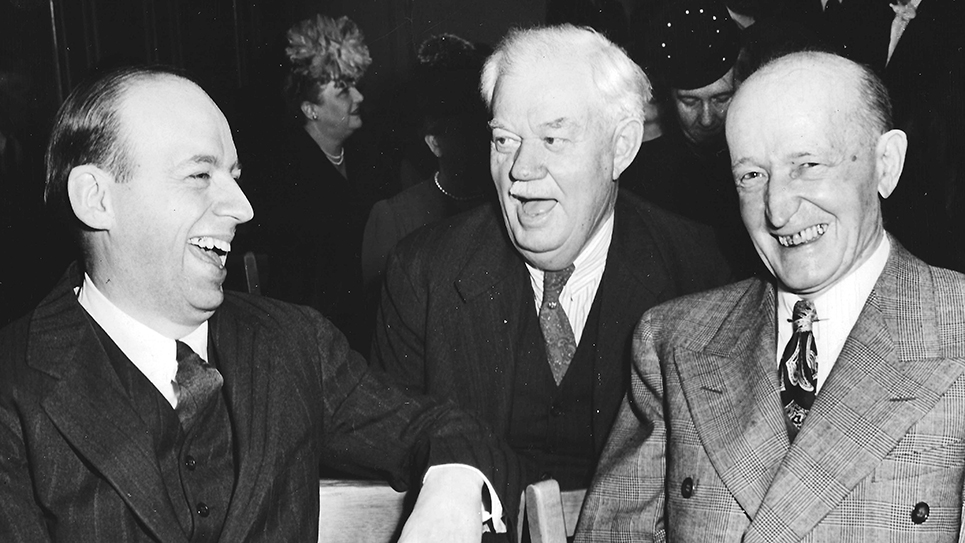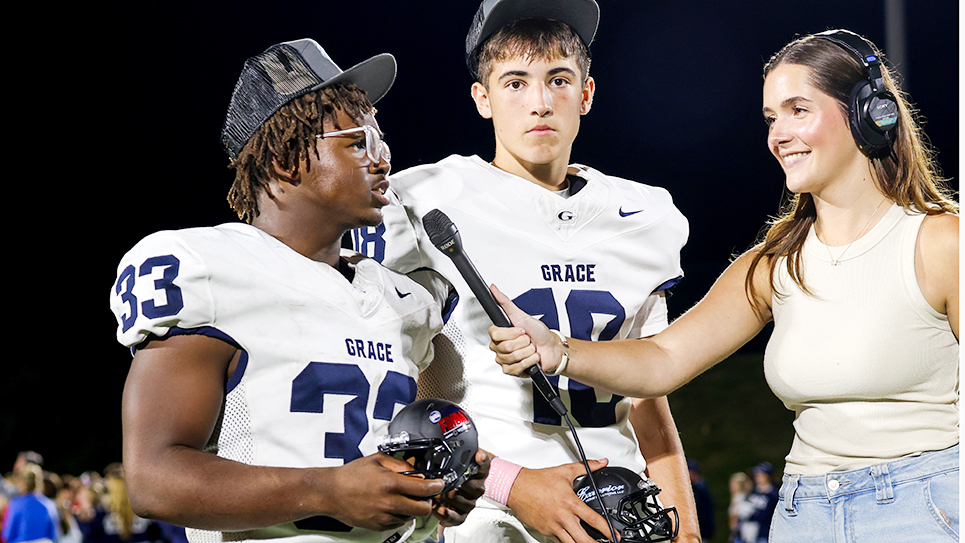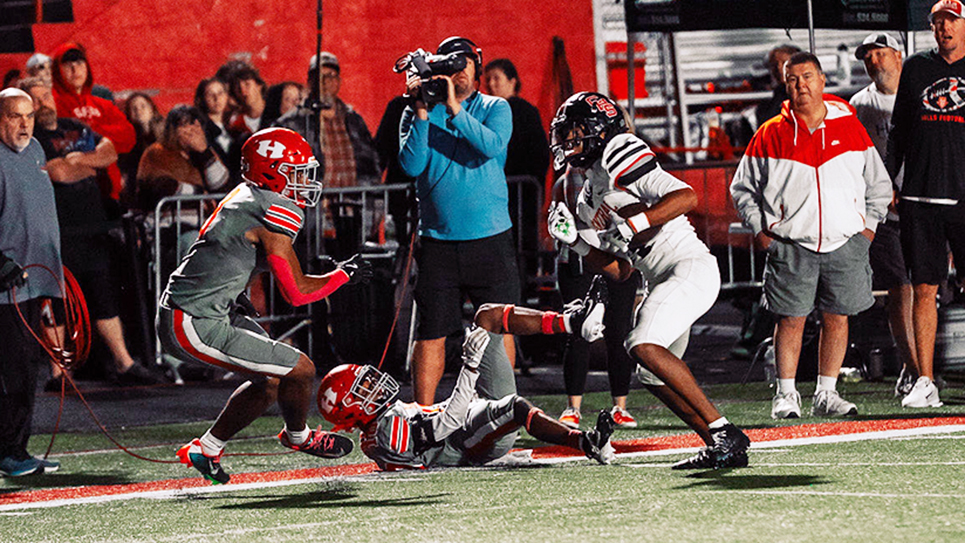‘Coach Dickey was a wonderful supporter of the band’
By Tom Mattingly
Who put the “T” in “Tennessee,” when it comes to Vol football at Neyland Stadium? There is at least one photograph from much earlier days reflecting band members forming a halftime “T,” surrounded by other band members in a circle, in perhaps the original “Circle Drill.” History does record, however, the “T” came to Tennessee football in a big way in the 1965 season and in ensuing years.
Here’s the story.
After he arrived at Tennessee in December 1963, Doug Dickey brought Vol fans football innovations that nearly everyone today considers unique to Tennessee.
Dickey put the “T”s on the sides of the helmet and, with the help of bandmaster Dr. W. J. Julian in the 1965 Army game, had the “Pride of the Southland Band” open a “T” for the Vols to enter Shields-Watkins Field. He also had orange and white checkerboards installed in each end zone.
Julian was part of those early days of the decade of the 1960s, coming to Knoxville from Putnam County’s Silver Point community and Tennessee Tech. He joined Dickey, John Ward, and Haywood Harris as the visionaries of those days, helping lead the Vol program back to the Promised Land of winning football. It was a time the Vol program was reaching for the stars, and each of them had their fingerprints all over the growth and development of the program.
Former band members will tell you that Julian was so obsessively precise about the “T” in those early years that he and Dickey had the team practice the pre-game routine so everything would be in order by game time.
“It was really an effective thing,” said Julian. “The crowd loved it. Coach Dickey was a wonderful supporter of the band.”
There’s also the traditional alma mater “UT” formation at halftime, complete with saluting drum major and solo trumpet(s), followed by the new-fangled “Power T.” Another “T,” came along in 1972, the “T” as in “Rocky Top.” It’s all part of enhancing a great tradition.
There’s another “T” to consider. After a big win, home or away, fans would have to be hard-hearted, perhaps lacking any trace of emotion, not to stand tall when the “Pride” played the “Tennessee Waltz.” That legendary song is a wonderful ode to lost love across the Volunteer State, penned by Redd Stewart and Pee Wee King in 1948 and made famous by Patti Page.
Before 1965, the Vols had their bench area on the east side and entered the field at the 50-yard line. Seeing the Vols primed and ready for the game was exciting, but the whole deal lacked “pizzazz” or “sizzle.” Bob Neyland wasn’t attuned to either concept, just winning. “Pizzazz” would come years later… along with more winning.
Dickey saw an opportunity to get the crowd into the game, to create a signature moment, taking a radical step, at least by the standards of the mid-1960s.
He moved the team bench area to the press box side, eschewing the bench closest to his dressing room. The band wasn’t as large as it is today, but even old-time pictures show the “T” looking as impressive as ever. The band plays “Fight, Vols, Fight” as the “T” forms, with “Down the Field” heralding the team’s arrival.
Occasionally, things got dicey, particularly when the visiting team was already on the field, and the Vols had to run through the visiting team’s bench area. With time schedules now carefully developed for each game, that potential crisis has always seemed to be avoided.
“When Coach Dickey came to Tennessee, he was very interested in the band,” Julian, band director from 1961-94 and an innovator without parallel himself, said. “He thought we should have a little more hype.” As befits the reputation of both men, they gave each other credit for the innovation.
Julian added to the overall ambience and “pizzazz” with a pre-game show that doesn’t vary much, but doesn’t have to. It’s an island of stability in an otherwise changing world, basically unchanged despite other directors coming on board since Julian retired.
When the Vols moved to new dressing quarters in 1983 at the north end, the “T” shifted north to south, with players turning right to get to their bench on the west side.
The Vol bench moved back to the east side in 1993. Players had to turn left to get there. Both times, against LSU in 1983 and Louisiana Tech in 1993, the players were up to the task. Nobody ran the wrong way. And haven’t since. The Vols returned to the west side in 2010. It was always a marvelous sight, and still is today.
Jay Julian was single-minded where the band was concerned, loyal to the university, and a man whose name will be written large when the next history of the University of Tennessee is penned or typed onto a computer screen.
Julian explained the bottom line impact the band has on Vol gridiron fortunes in the simplest of terms.
“If the band didn’t form the ‘T,” there would be a lot of complaints.”

